
How to Use a Torque Wrench
Mike RoenAt Fix My Hog, you constantly hear us say “torque to factory spec.”
Torquing hardware correctly is, of course, extremely important. Over tightening a fastener can be just as dangerous, or just as damaging, as under tightening a fastener. To achieve a correct torque spec, it is important that you learn how to use a torque wrench.
Torque wrenches are not only available in foot pounds and inch pounds, they are also available in a number of sizes. It is important to use the correct torque wrench for the application and our videos show you how to use a torque wrench, time and time again.
It is also important to “develop a feel” for your tools and to practice common sense when tightening hardware.
For instance, the outer primary cover on a twenty year old Harley Davidson has likely been removed and reinstalled numerous times. Torque specs are specified for a components and fasteners that are in new or like new condition. If you attempt to follow torque specs to tighten a steel fastener into an older aluminum housing or case that has already been in service, you run the risk of damaging the threads in the housing.
In this case, you can still use a torque wrench but the specified torque spec should only be referenced as opposed to followed. This is when it is important to have a good feel for your tools and what is correct and safe for final tightening. Watch Mike show how to use a torque wrench in this video.
Share tips, start a discussion or ask one of our experts or other students a question.
Already a member? Sign in
One Response to “How to Use a Torque Wrench”
Explore videos by Mike Roen
You may be interested in
Premium Membership
Unlock exclusive member content from our industry experts.
- 24/7 Access to Premium Instructional Videos, Projects, and Tips
- Step-by-Step Guides and Demonstrations
- 50% Discount on Video Downloads in the Fix My Hog Shop
- Access to Ask the Expert Program
Unlock exclusive member content from our industry experts.
- 24/7 Access to Premium Instructional Videos, Projects, and Tips
- Step-by-Step Guides and Demonstrations
- 2 Full-Length Video Downloads to Watch Offline
- 50% Discount on Video Downloads in the Fix My Hog Shop
- Access to Ask the Expert Program
Gold Membership
$302 Value
Get everything included in Premium plus exclusive Gold Membership benefits.
- 24/7 Access to Premium Instructional Videos, Projects, and Tips
- Step-by-Step Guides and Demonstrations
- 16 Full-Length Video Downloads to Watch Offline
- Discounts on Purchase-to-Own Content in the Fix My Hog Shop
- Access to Ask the Expert Program
- Exclusive GOLD LIVE Streaming Events
- $8 Off Clymer and Haynes Service Manuals
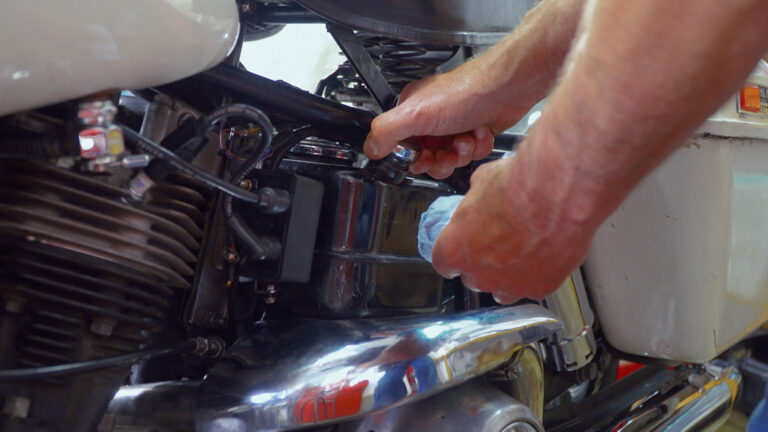
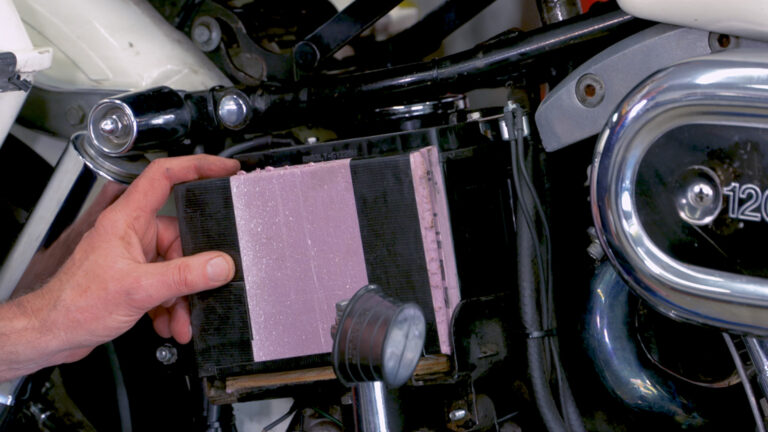
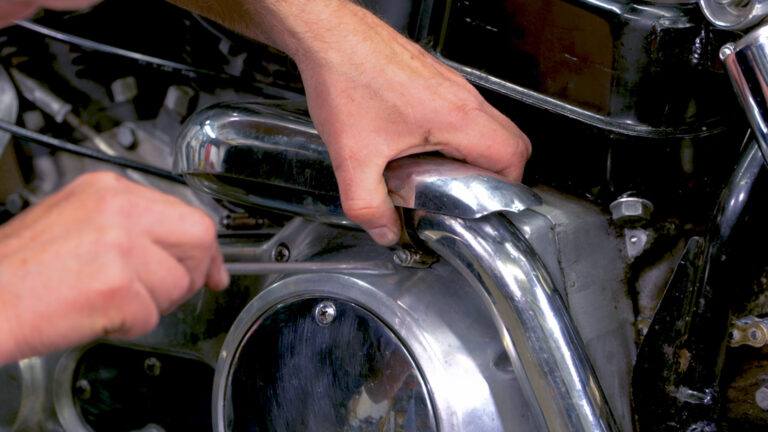
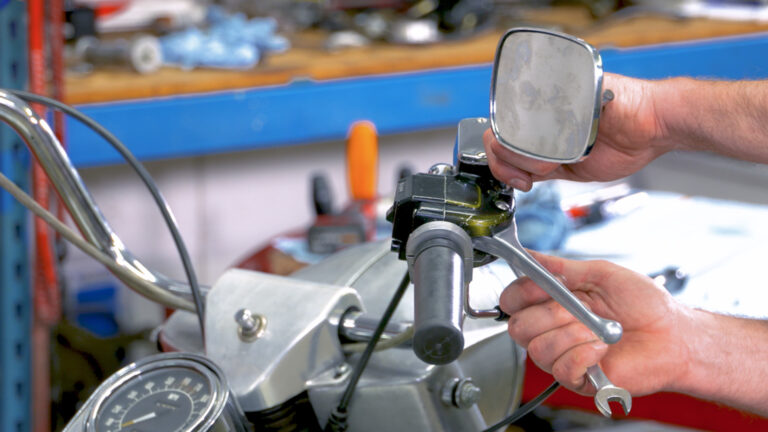

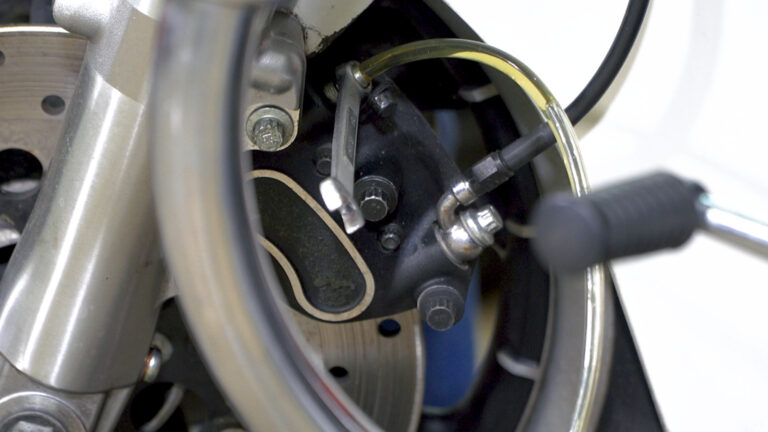

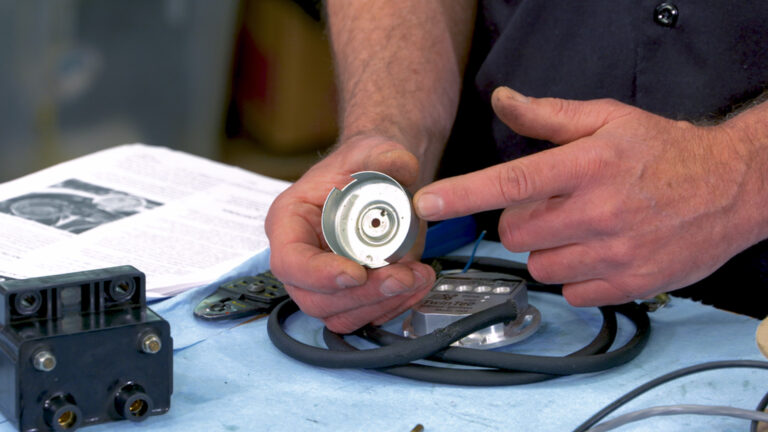
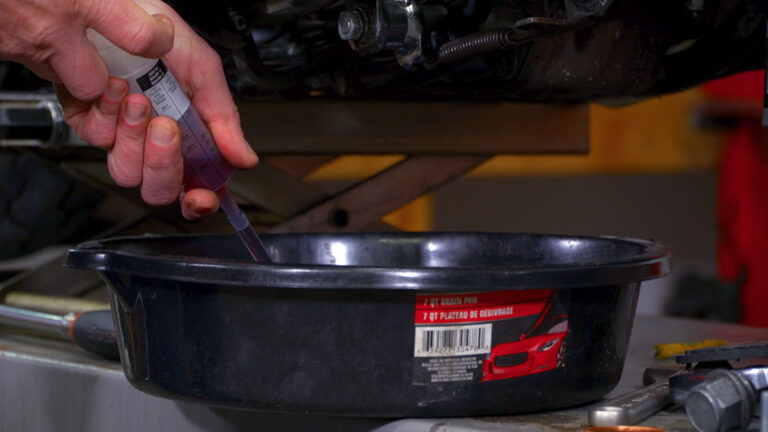
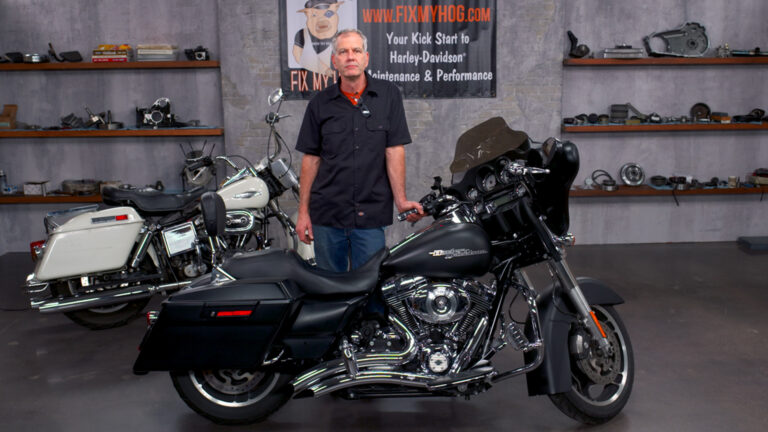

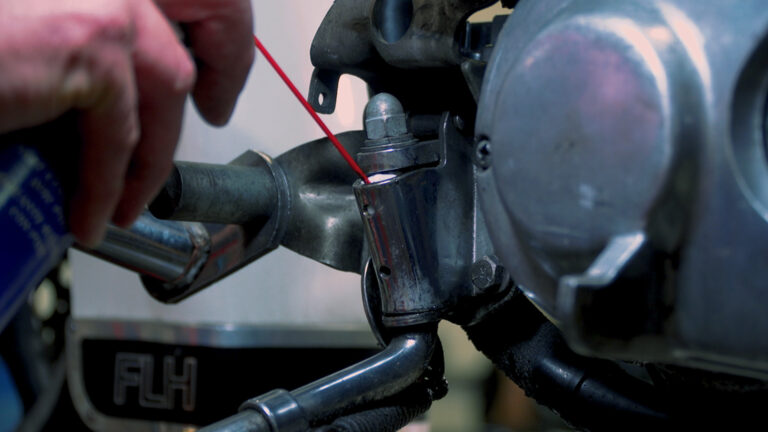
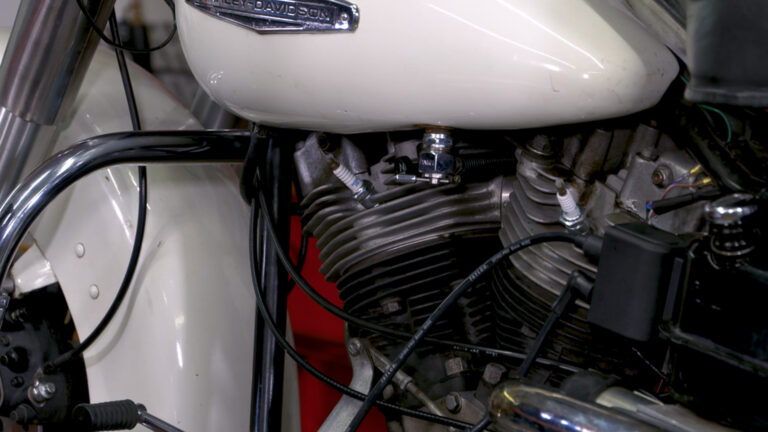
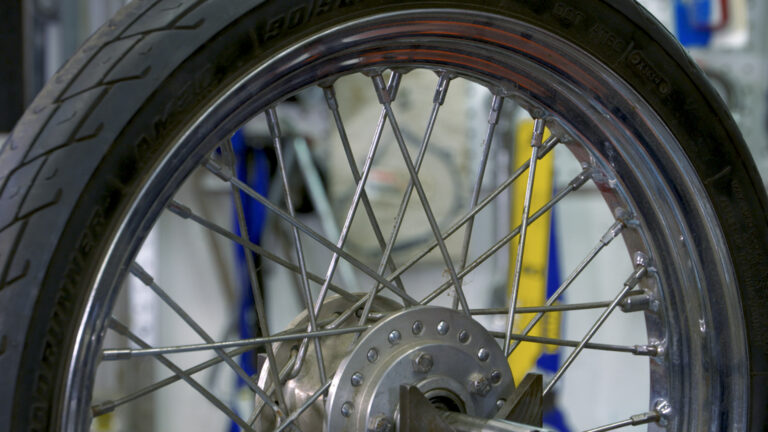
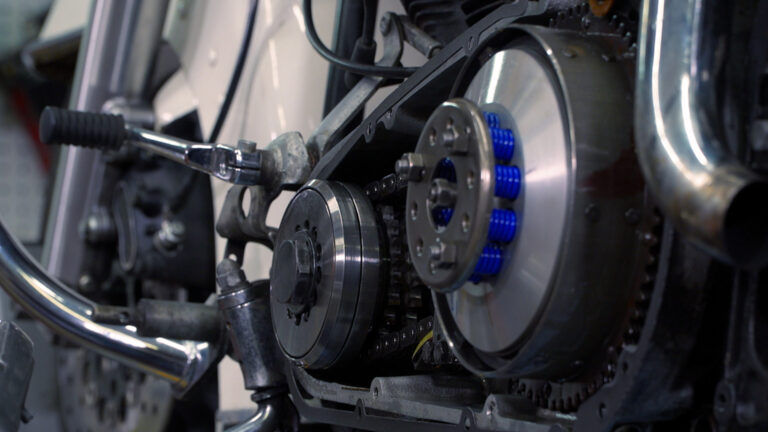



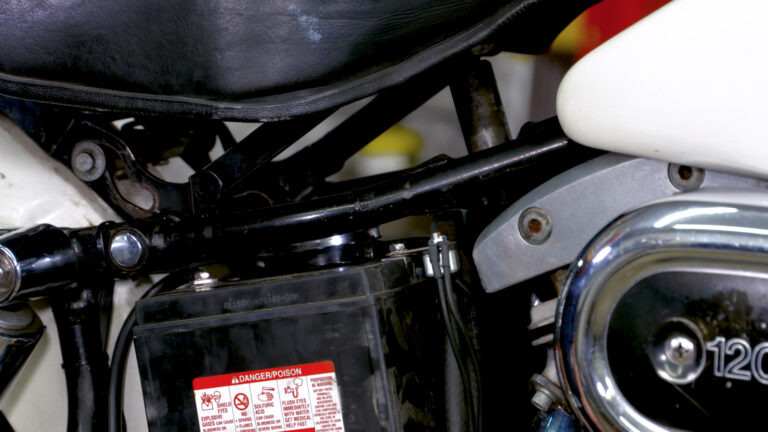
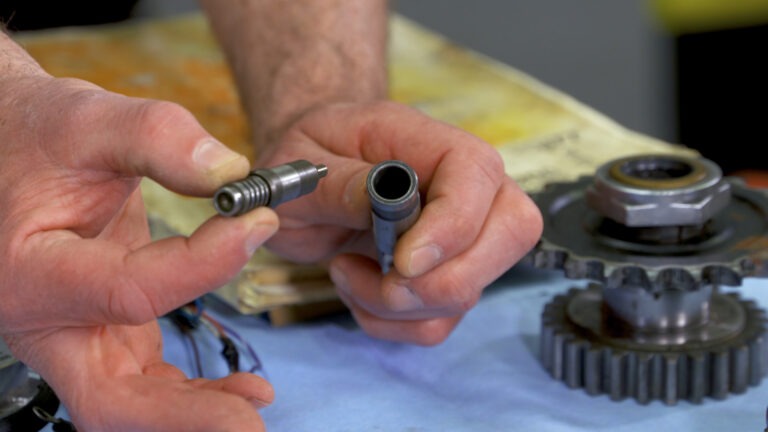
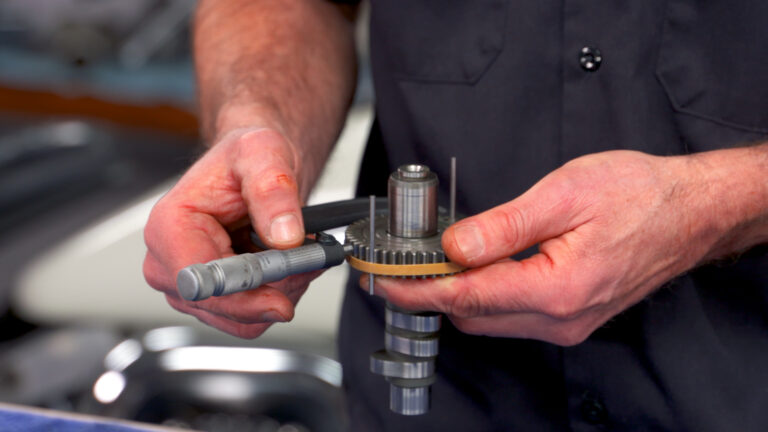
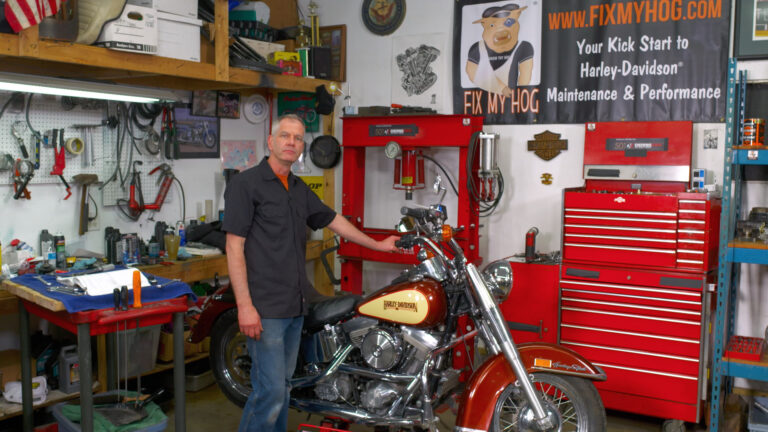


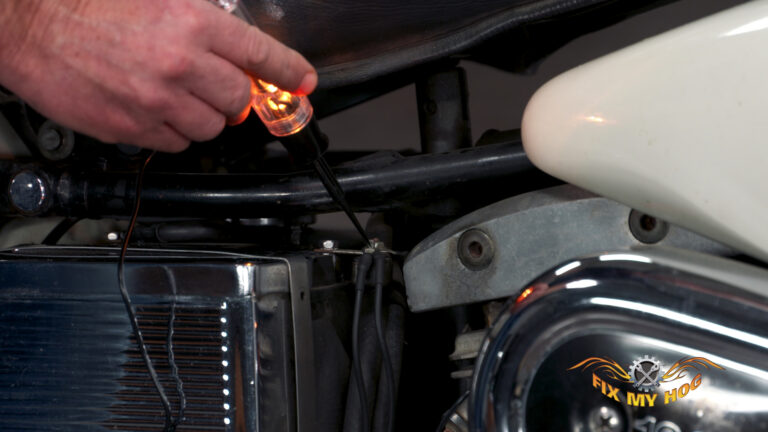

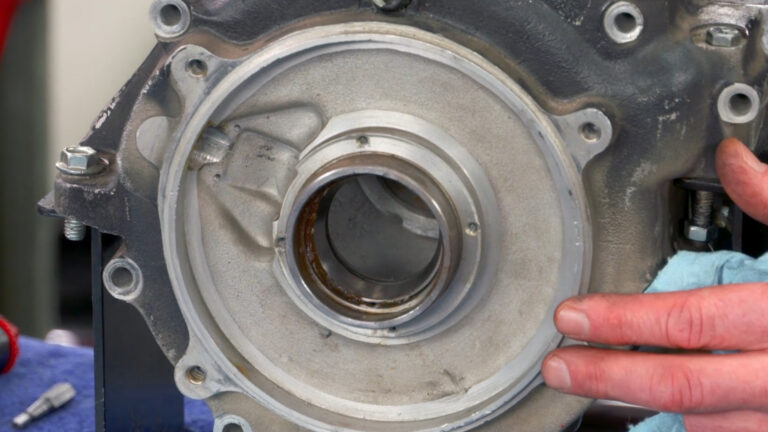

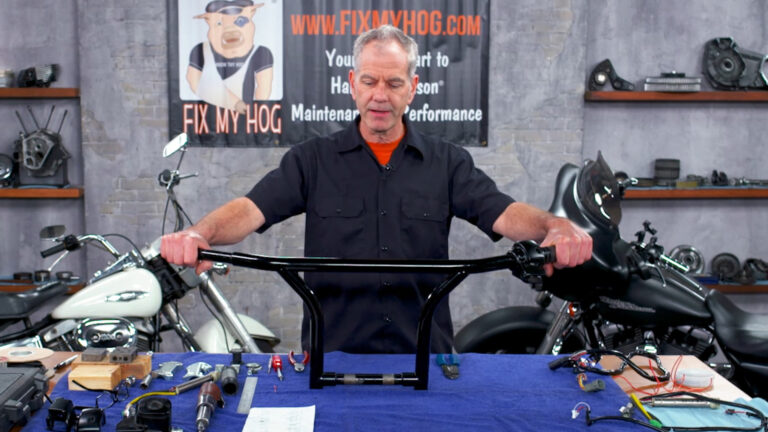
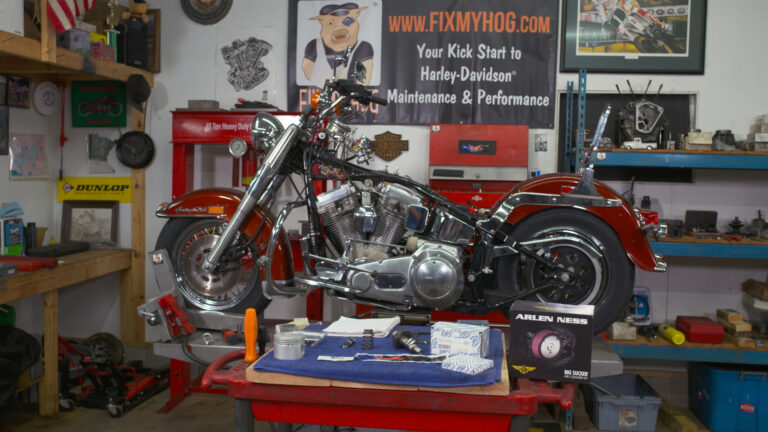
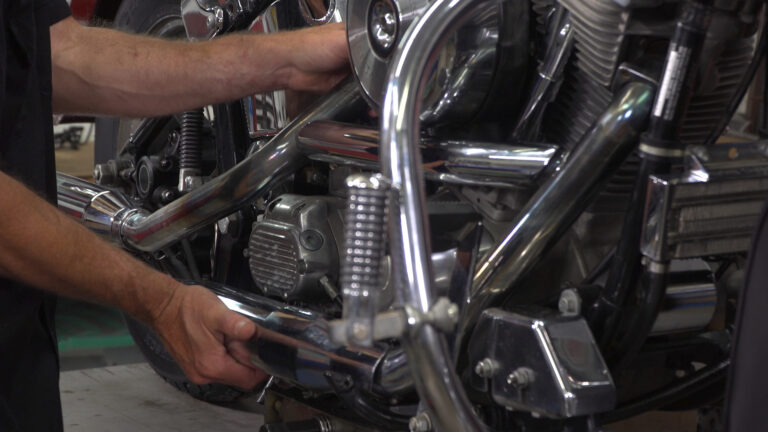
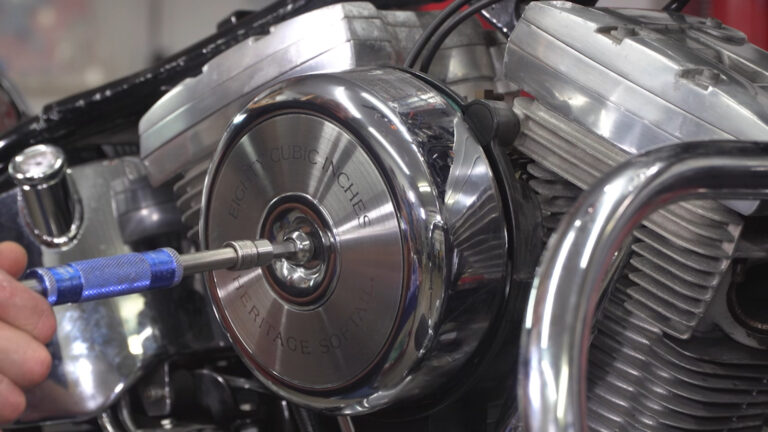
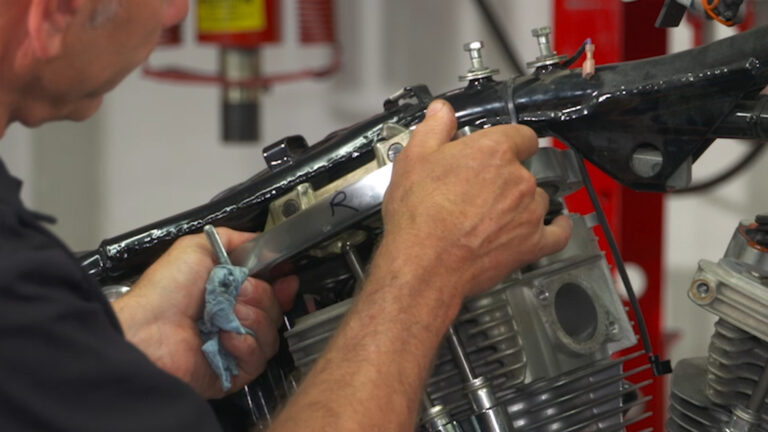

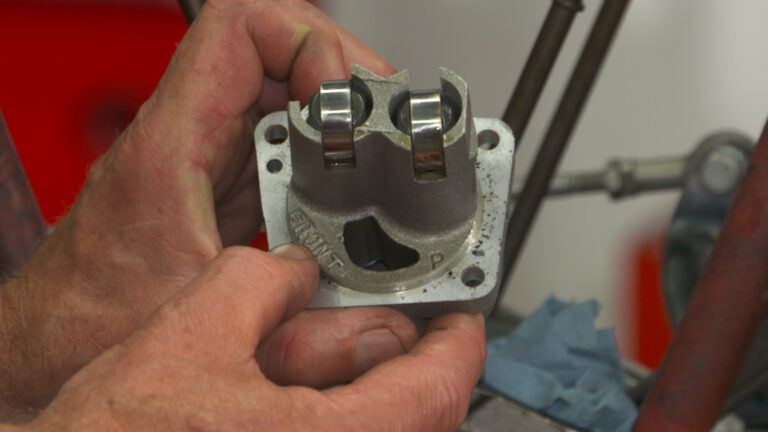
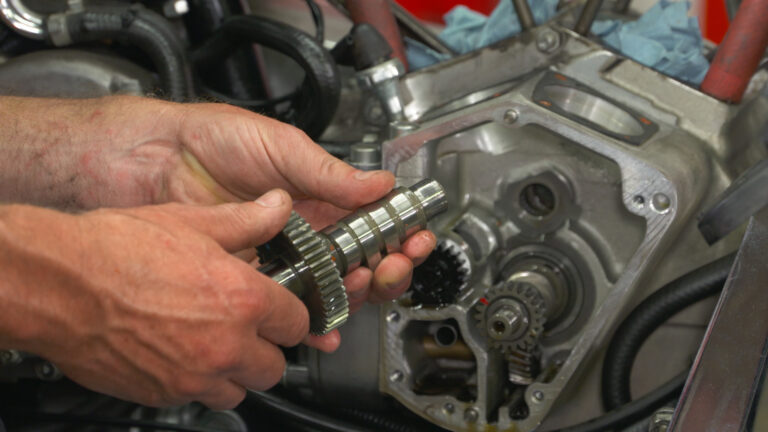
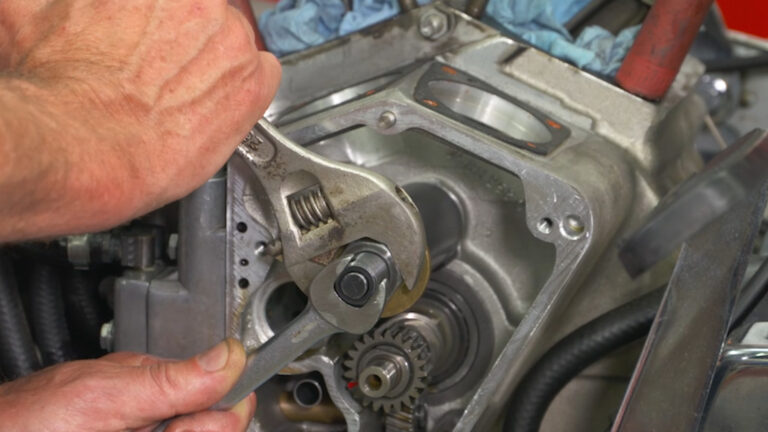
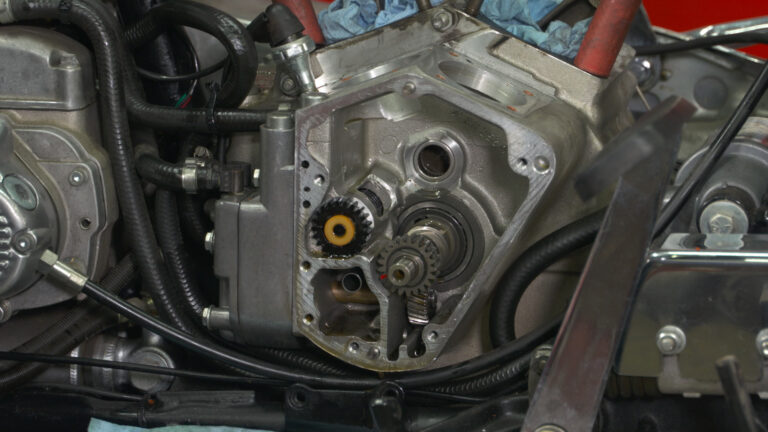
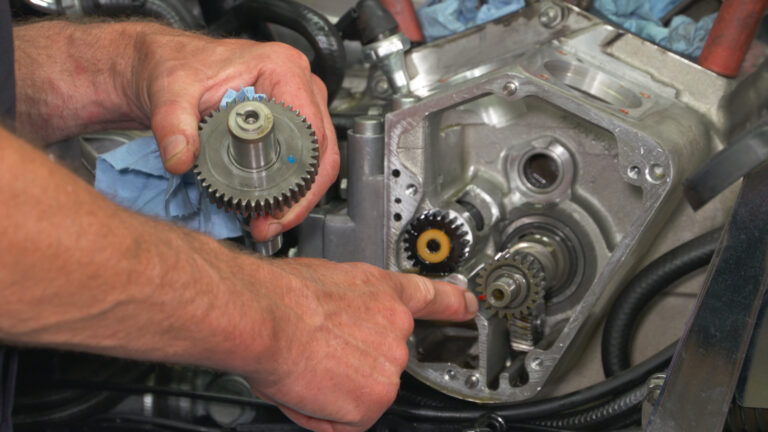


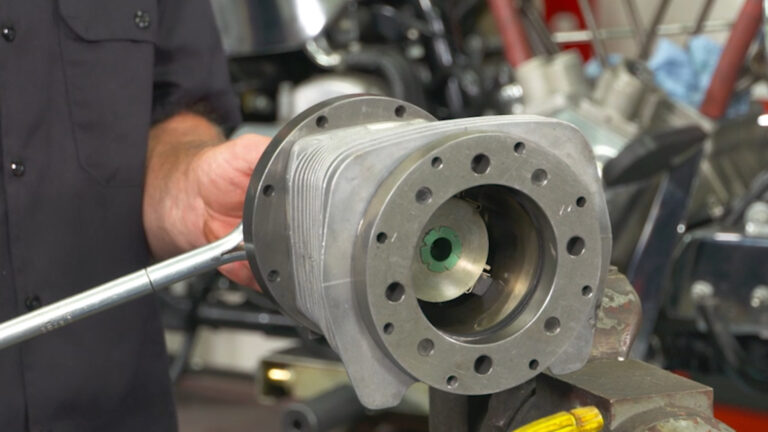
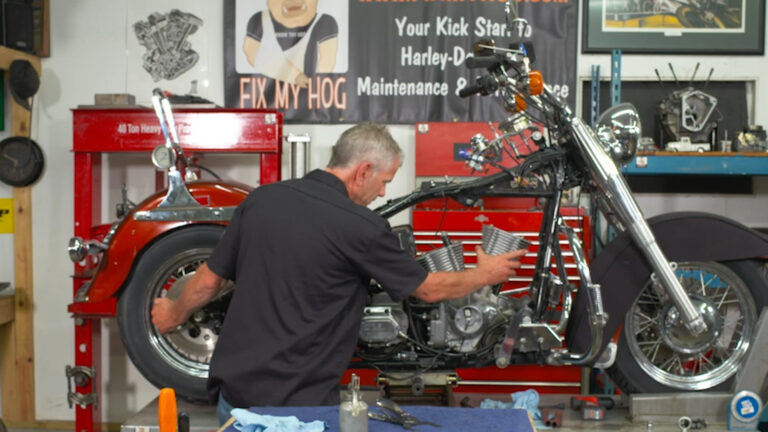


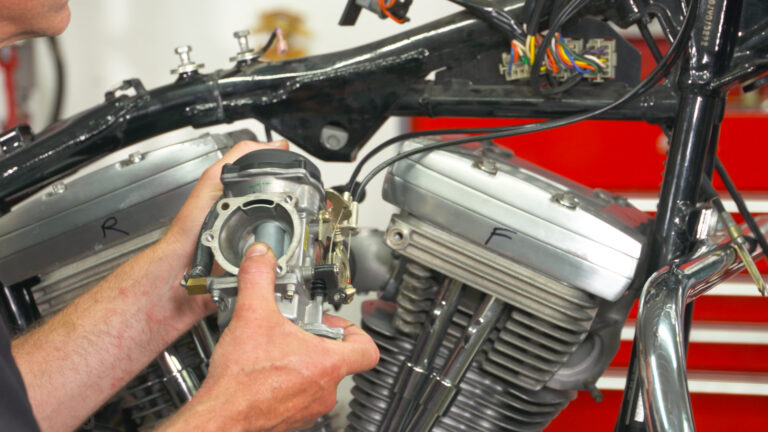
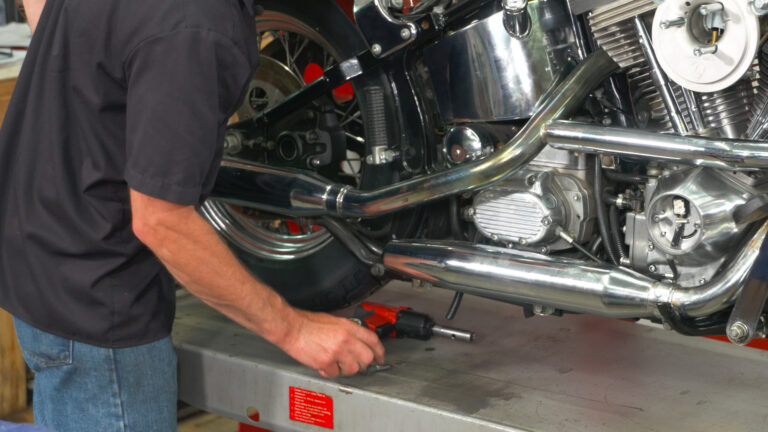
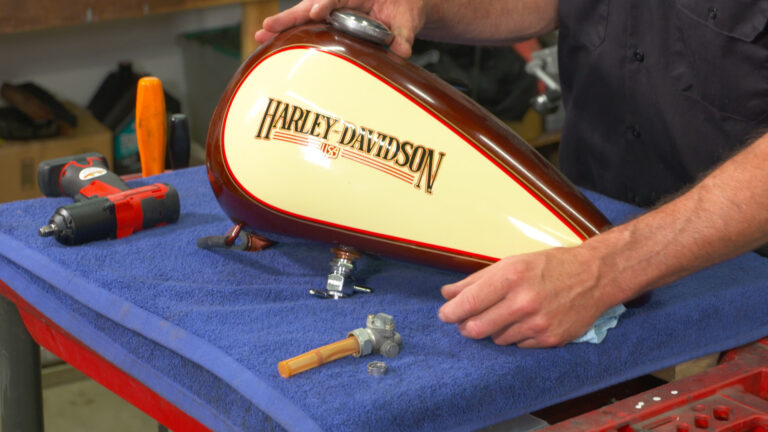
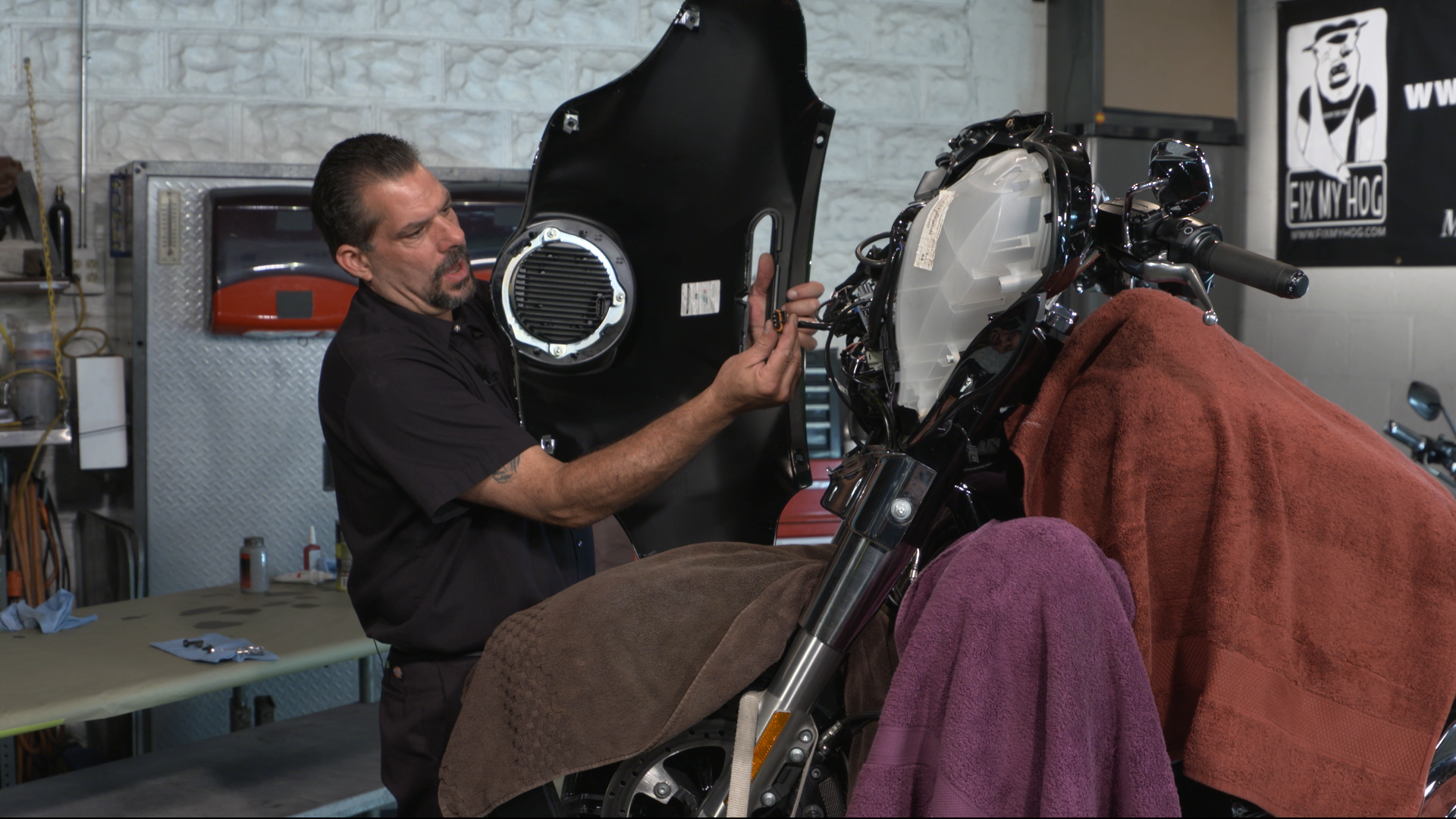
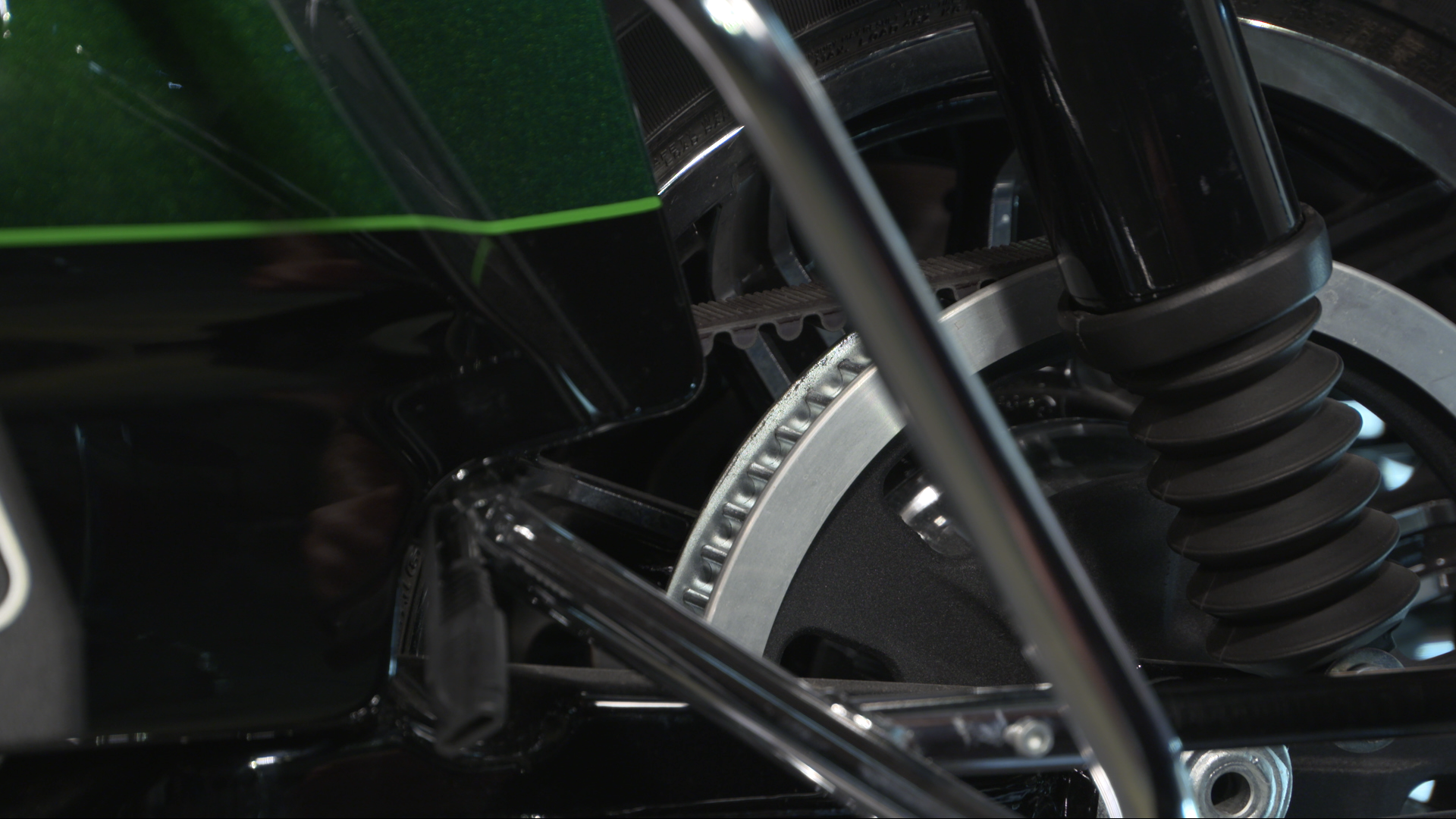
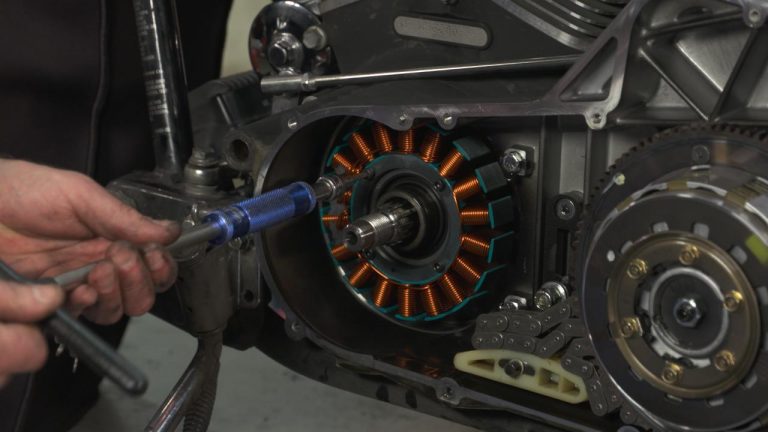
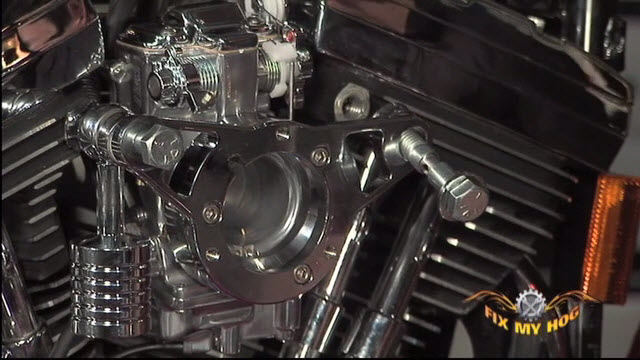

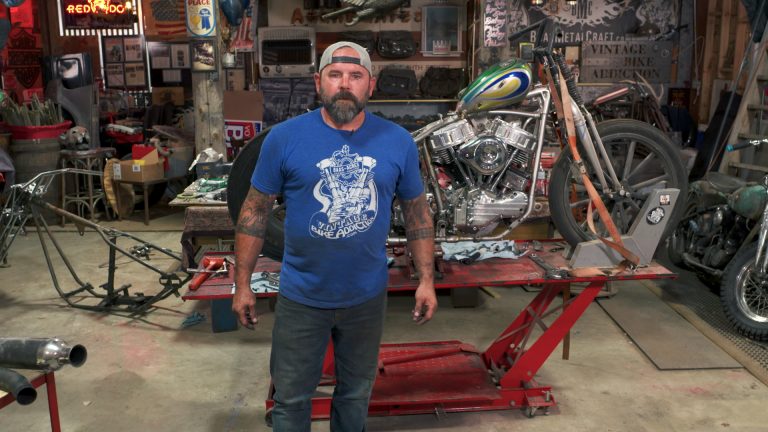
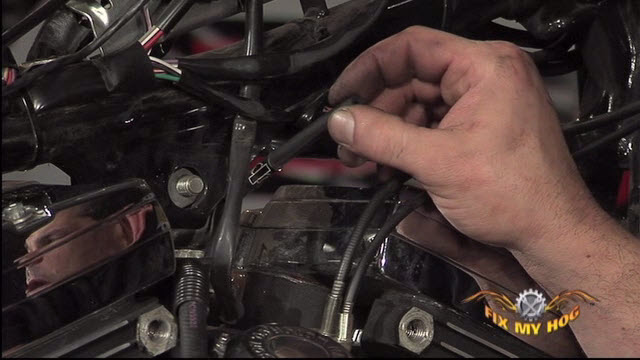
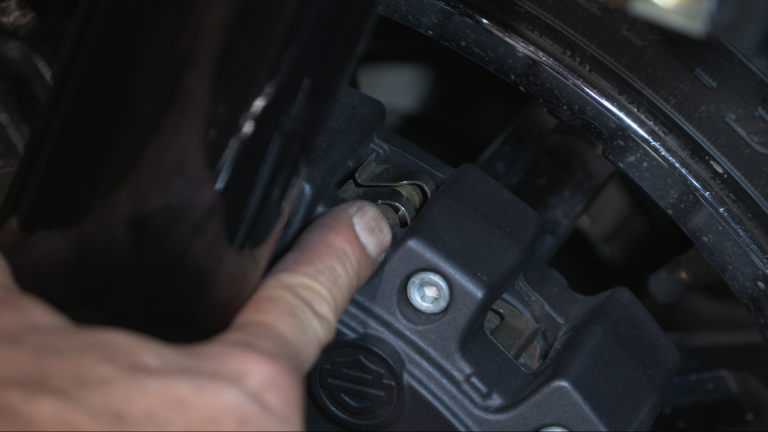

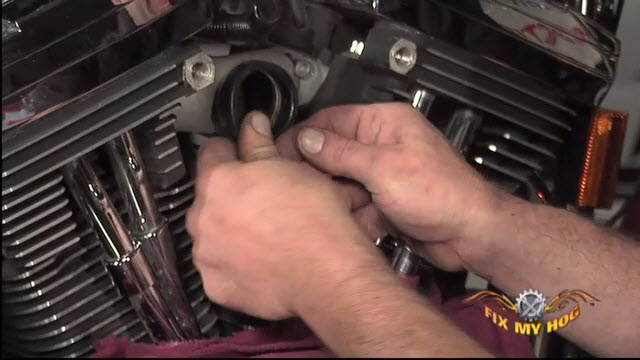


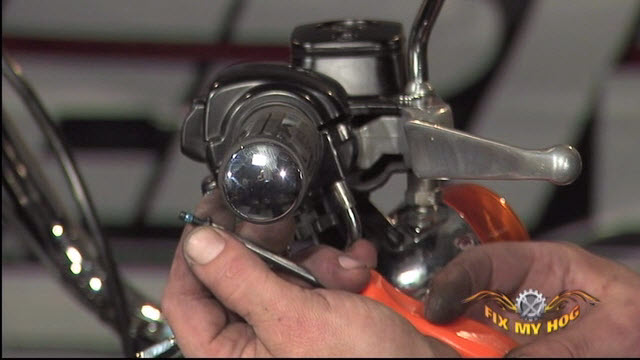
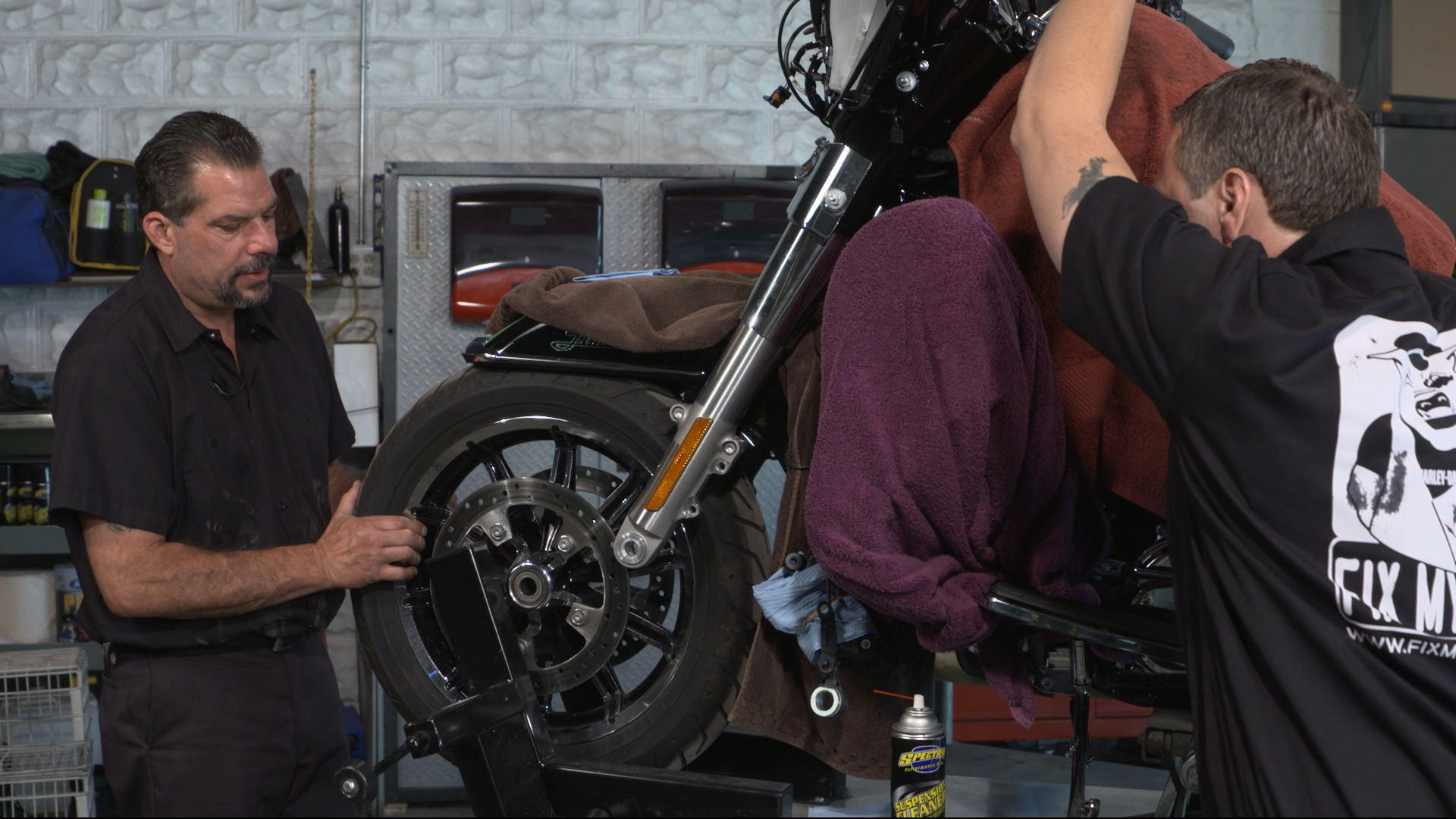
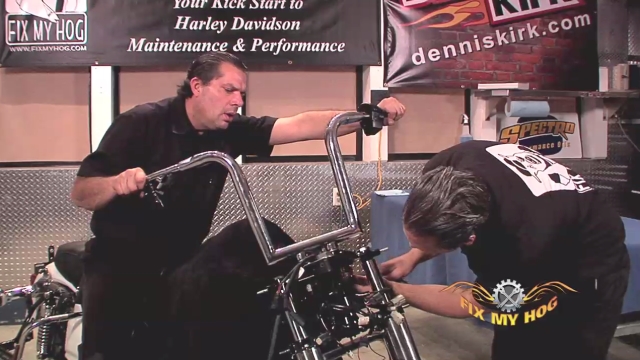
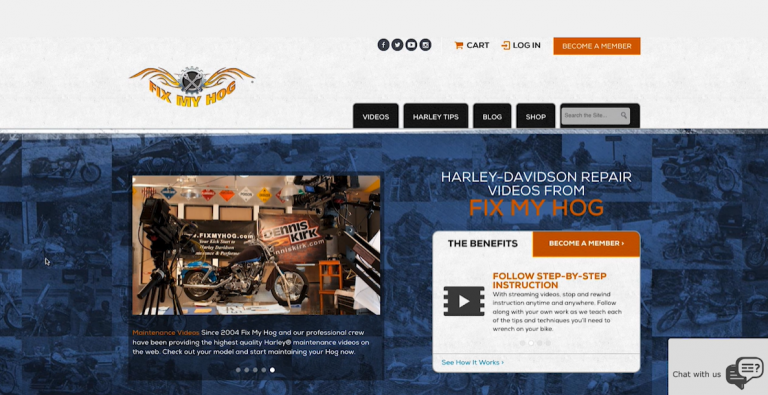

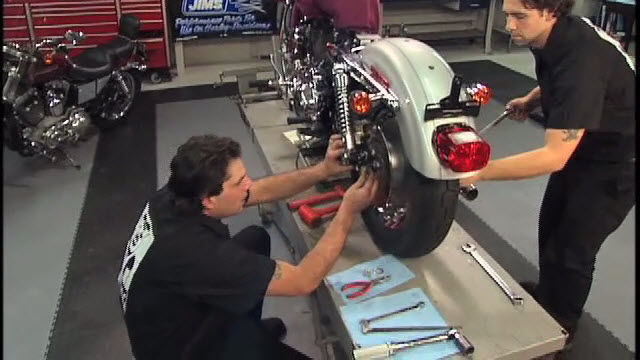
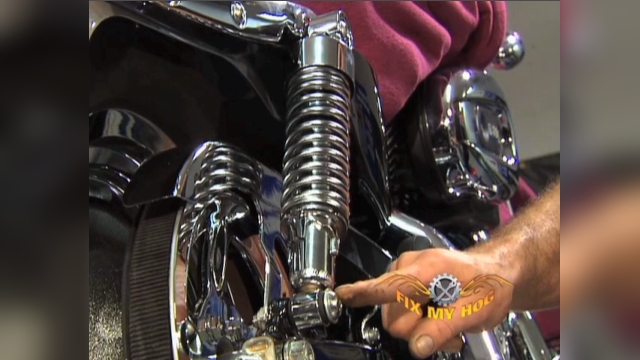
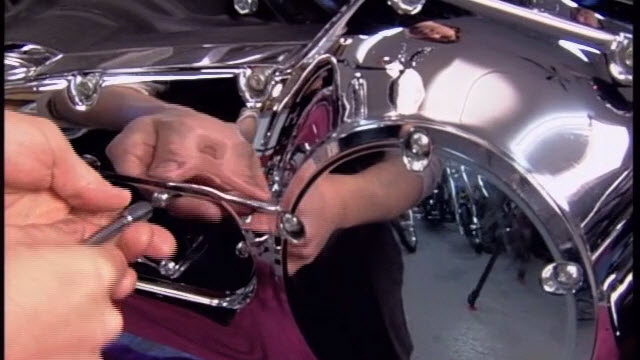

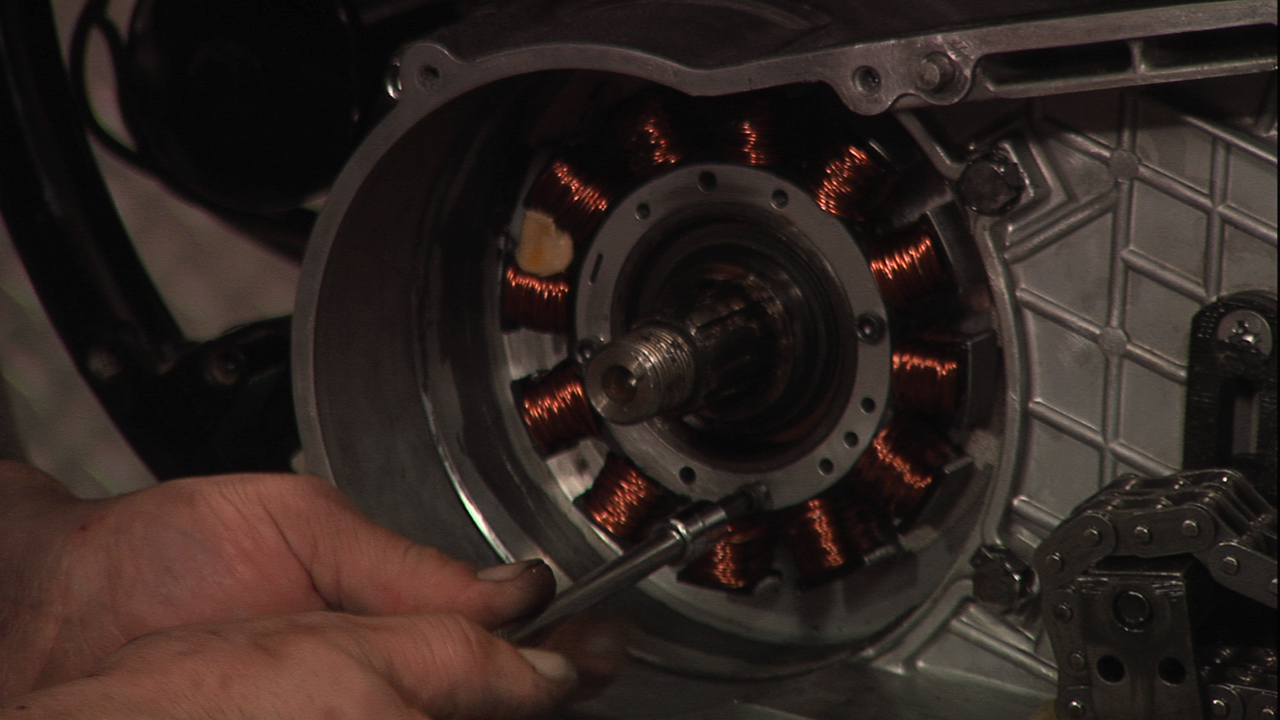
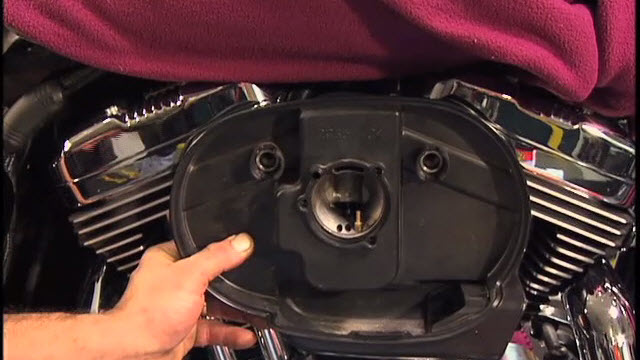

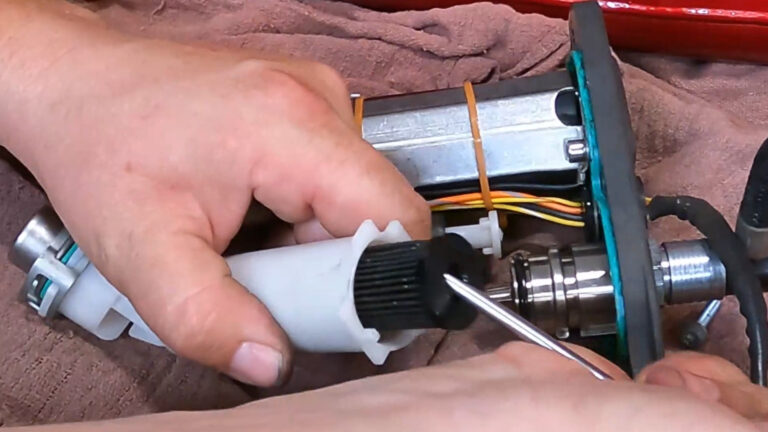
It’s worth mentioning - best practice when torquing multiple fasteners (primary cover, oil sump, brake caliper etc.) is to reach final torque in 3 steps. If total spec is 45 lbs/in, torque all fasteners 1st 15lbs/in, 2nd 30lbs/in and final 45lbs/in. Always following the factory manual prescribed sequence. Performing in this manner reduces the risk of warping the component or damaging the threads of the mating component. Just a thought